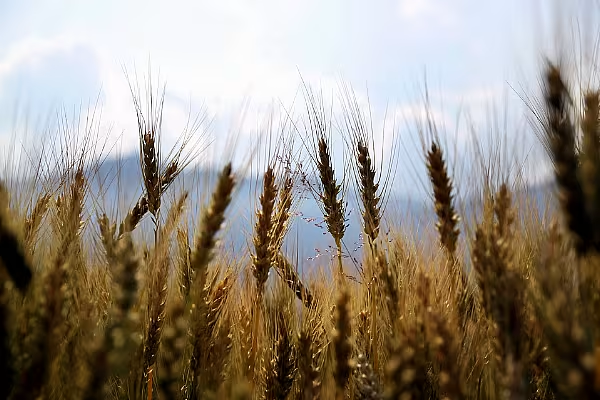Argentina's 2020/21 wheat crop is estimated at 17 million tonnes, the Rosario grains exchange said in its monthly crop report, citing dryness and frosts as reasons for cutting its previous 18 million tonne estimate.
Parts of Argentina's Pampas grains belt have been unusually dry over the last eight months. The country's farmers harvest wheat in December and January.
"There is urgent need for significant, heavy rains in order to stop yields from falling further. The long dry period has robbed the crop of any chance of reaching the 18 million tonnes that we projected a month ago," the exchange said in the report.
"It is estimated that due to damage caused by lack of water and effect of frost, 608,000 hectares (1.5 million acres) of planted area is, to one degree or another, at risk of not being harvested," it said.
A total 6.5 million hectares (16.1 million acres) of Argentine farmland was planted with wheat this season. Rains were expected on the Pampas for Monday and Tuesday of next week, the report said.
Crop Forecast Unchanged
The exchange kept its 2020/21 corn crop forecast unchanged at 48 million tonnes and its soy estimate unchanged at 50 million tonnes. But it stressed the fact that a lot more moisture was needed to ensure proper development of recently-planted soy and corn fields.
The Buenos Aires Grains Exchange forecasts Argentina's 2020/21 wheat harvest at 17.5 million tonnes. Lack of rain prompted the exchange to pare down its early-season estimate of 21 million tonnes.
Growers worry that the dryness might get worse before it gets better due to what is expected to be a mild episode of La Nina late this year.
World Food Prices
The dryness that the weather phenomenon brings to Argentina, a top agricultural exporter, can put upward pressure on world food prices by weighing on local farm output.
In its weekly crop report, the Buenos Aires exchange said on Thursday that Argentina's central wheat belt continued to suffer from dryness - with more and more fields being abandoned - while prospects remain high for good yields in southern farm areas, which could help compensate for drought-related crop losses.
"In the southern fringe of the agricultural area, expectations remain high," it said. "Humidity and temperature are generally adequate. Even so, recent morning frosts could negatively impact the productivity of the region," it said.














